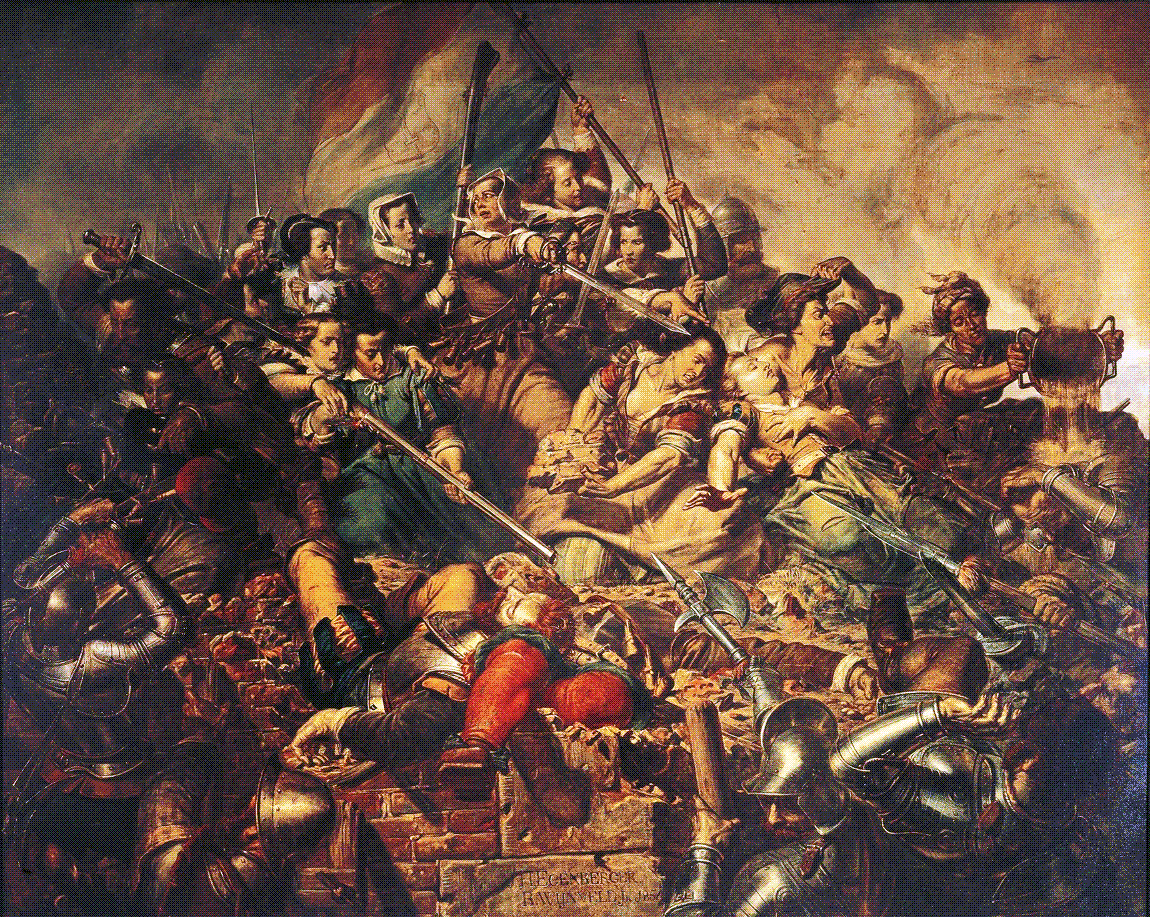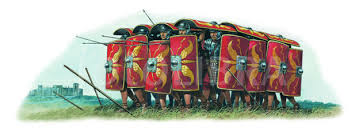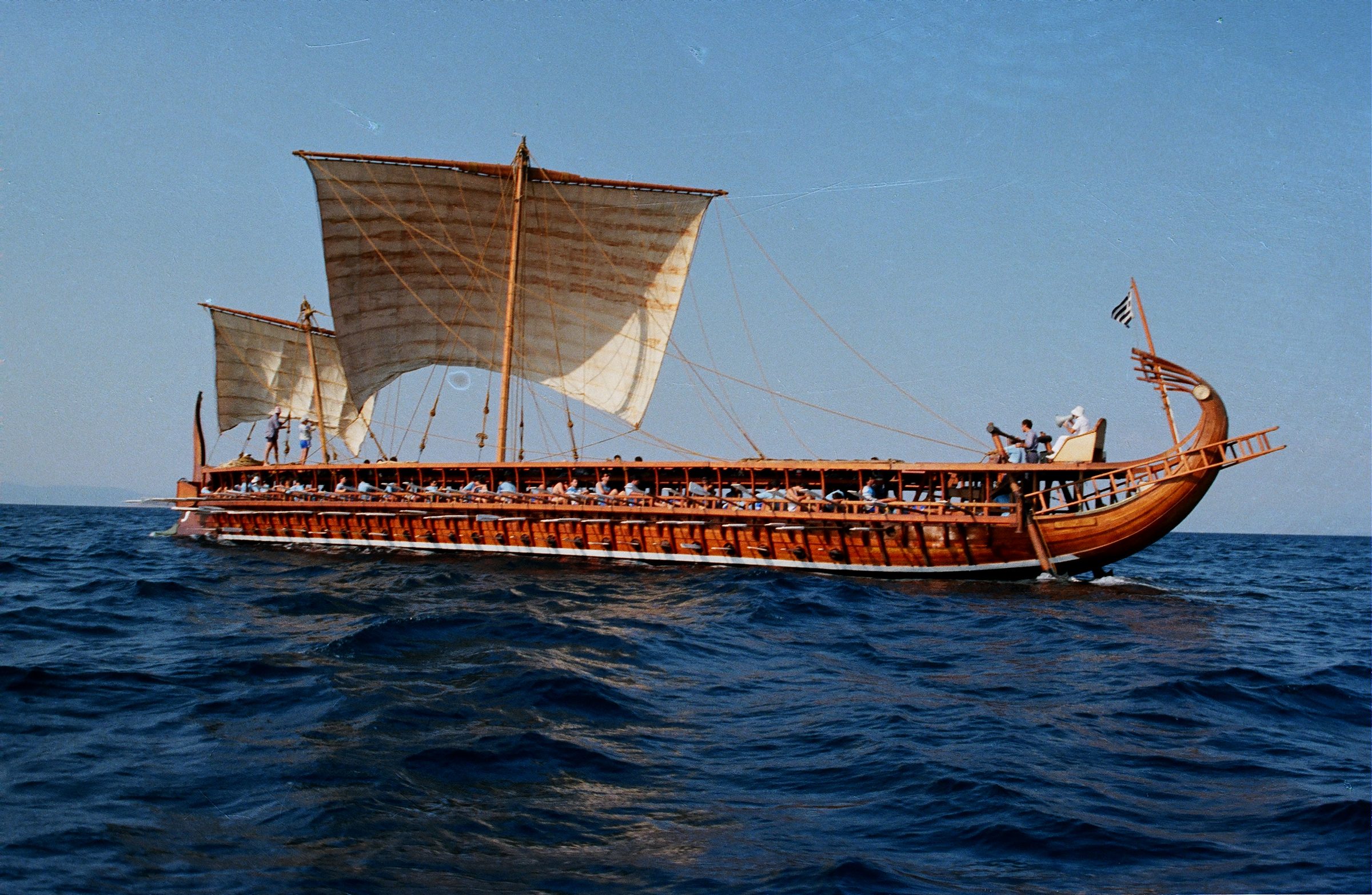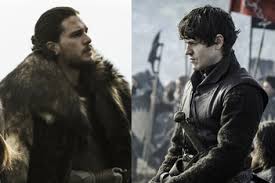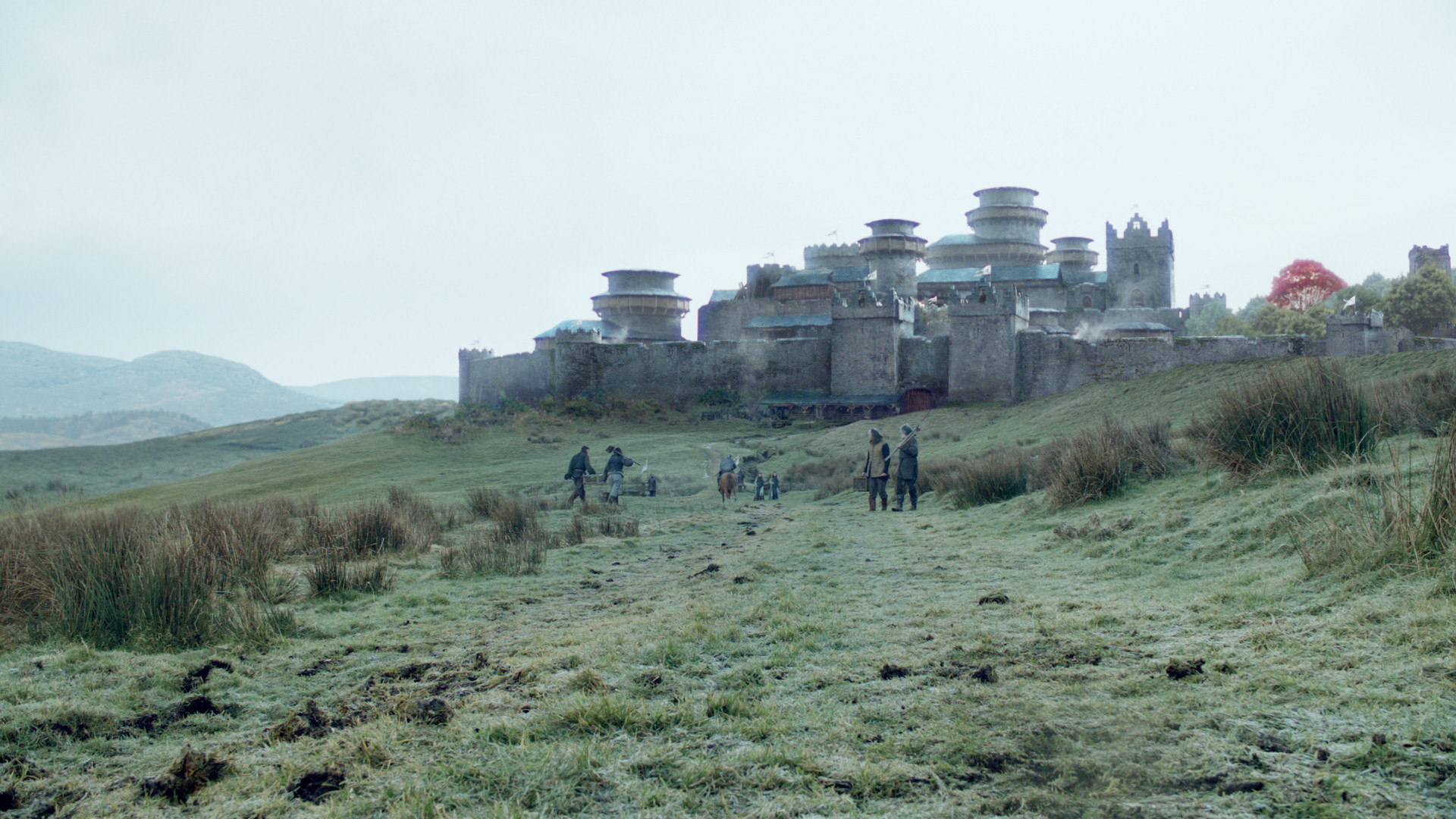Tags
Agincourt, Medieval Europe, Medieval France, Military Stuff, Movies I Hate, The King, Timothée Chalamont
One of the reasons I stopped posting during Covid was I got busy right in the middle of a two-part review of The King (2019, dir. David Michôd), a movie I rather disliked. I did the initial review, but I knew I needed to post a review of its battle scene, but after a couple months had passed, I couldn’t recall the scene clearly enough to review it from memory and the prospect of watching it again discouraged me from doing it; the Covid stress was bad enough without compounding it with a crappy movie. But I finally had the right combination of time and mental health to make myself rewatch it. And hey! It’s exactly as crappy as I remembered it being!
If it’s so crappy, why did I feel I needed to review it? Well, it’s about the battle of Agincourt, which has the distinction new of being one of the very few medieval battles to be depicted in film three times. Off the top of my head, I can’t think of another medieval battle depicted on screen three times, but I’m betting there have been at least three treatments of the battle of Hastings or the battle of Hattin that I haven’t seen. And that just seems to merit a post.
The Historical Agincourt
Since I’ve already discussed this battle in detail, I’ll just let you read it here if you need to. But I’ll summarize. In 1415, Henry V launched an invasion of northern France. After capturing Harfleur, he marked east, encountering a good deal of rain, and his men began to get sick, so he aimed for Calais with the intention of returning to England. But the French, knowing his army was weak, chased him down at Agincourt.
Knowing that he was seriously outnumbered and his men were weak, Henry adopted a very defensive position between two woods, organizing his men into a line in which his men-at-arms (cavalry dismounted to fight on foot) were either flanked by or interspersed with his longbow men. After some initial exchange of arrows (which the French probably were on the losing end of), the French cavalry charged but got repulsed by arrow fire. The French infantry advanced, but took high casualties because of the longbows. They lost formation and got slowed down by the muddy field, the retreating casualties, and the mounting bodies. The nature of the field channeled the French into an increasingly tight zone where they were unable to fight effectively against the English infantry. The English victory was sealed when the longbow men put away their bows and joined the attack using knives and hatchets.

The result was one of the most lopsided victories in medieval history. The French suffered something between 4 and 10,000 casualties, while the English suffered only about 110 casualties.
The King‘s take on Agincourt
In the film, Henry (Timothee Chalamet) is advised by one of his nobles to not confront the French because the English forces are sick and outnumbered. But Falstaff (Joel Edgerton) proposes a bold plan. The field at Agincourt will be very muddy once it rains overnight (which he knows it will because his bad knee always aches before rain) and the mud will neutralize the French advantage of numbers. So he suggests that instead of fighting on horseback, the English should dismount and fight on foot (a plan so novel the English have actually been doing exactly that for several generations). But the French won’t just advance onto the field on their own, so he suggests that a small force of men be advanced to draw the French into attacking them. Then, when the mud fouls their charge, the rest of the English forces, which have been hidden in the forests on either side of the field, will charge in at their flanks.

Henry agrees to this gamble and, as predicted, it rains overnight. Because the men who are first advanced will essentially be making a suicide maneuver, Falstaff declares his intention to lead them, which Henry dislikes, but Falstaff persuades him that it’s the best option, and makes Henry promise not to make the follow-up attack until the French troops are fully committed. Henry meets with the Dauphin (Robert Pattinson) and offers to fight in single combat rather than a full pitched battle, obviously trying to keep Falstaff alive. The Dauphin rather strangely suggests this means Henry is a coward and as a result the battle goes ahead.
And it plays out roughly as Falstaff had planned. Falstaff leads a force on foot into the muddy field. The French make a very slow charge on horseback, not using lances but swords, and the English arrow-fire forces them to speed up. They slam into Falstaff’s unit, who, despite being substantially armed with pikes, make no effort to use the pikes to break the cavalry charge, even though that’s one of the main reasons to use pikes. As predicted, the mud bogs everyone down and the fight completely loses its organization (because cinematic soldiers can’t ever keep their ranks tight).

The French advance their reserves into the fight and the Dauphin gets into the battle as well. The English continue firing their arrows, mostly at the advancing cavalry, and then Henry launches his flanking maneuver. Then there is a long battle montage that focuses a lot on how muddy and vicious the fighting is.
Then the Dauphin shows up and offers Henry single combat. Even though the Dauphin is fresh to the fight and Henry is exhausted, Henry accepts, but the Dauphin embarrasses himself by slipping in the mud so much Henry just lets his men swarm the Dauphin. Logically the thing to do would be to either let his men kill the French prince or take him captive, but it’s unclear what finally becomes of the prince. Henry finds Falstaff dead and has a brief cry, and then walks off the field as men kneel before him. He’s asked what to do with the captives and orders them killed, a detail that is historically accurate, except that Henry made the decision during the battle, not after it; it’s also in Shakespeare, but almost always cut because it makes Henry look bad).

The first thing to note is that this bears only a casual resemblance to the historical Battle of Agincourt. The French did indeed make a charge into a muddy field and get bogged down and they did indeed lose the battle. Henry did fight in the battle. Beyond that, however, it’s mostly fantasy. Falstaff wasn’t a real person and therefore couldn’t lead anyone into battle, and the English did not advance their forces first; the French changed and got bogged down and then eventually the English advanced. The French forces seem to be entirely cavalry; there’s no crossbowmen and while there are some infantry, they don’t seem to fight. The Dauphin was not present at the battle and Henry never made any offer to fight a single combat. There was no English flanking maneuver, unless you count the longbow men getting involved after they couldn’t continue arrow fire because the English troops were in the melee.
Additionally, this version of Agincourt is rather improbable for a couple reasons. First, if the English had advanced a force on foot, the French would probably have done the logical thing and used crossbows to cut them down, rather than charging into battle. So this battle requires the French to be too impatient to do the obvious thing. A second problem is that in order to flank the battlefield, Henry would have to get his men fairly close to the French position without being spotted, which requires the French to have not sent out any scouts into the forests to watch for such maneuvers. That’s a pretty basic mistake, again not impossible, but unlikely. Falstaff’s proposal is basically a suicide mission, and that sort of thing seems to have been generally uncommon in medieval warfare. So while the King‘s version of Agincourt is a battle that could have happened in the 15th century, it’s a pretty unlikely one, since it requires the French to be fairly stupid about one of the things they were famous for.

How does it compare to the other two screen version of Agincourt?
The King‘s Agincourt bears virtually no resemblance to Olivier’s 1944 version. Olivier’s version very heavily emphasizes the French cavalry charge, turning the charge into a truly great moment of cinema in which the pace of the music beautifully mirrors the pace of the charge. The emphasis is on the gallantry of the charge and the actual fighting is reduced to a crowd of knights milling around in a mass and some English archers leaping out of trees onto cavalry that is inexplicably riding through the woods.
Michôd’s scene draws more heavily off on Branagh’s 1988 version. The field is muddy, and the extended melee scene has the same tone, with lots of slow footage of men fighting brutally, punching each other, falling in the mud, and so on. Both convey a very strong “war is hell” feeling, and neither tries to glorify the fighting at all, in contrast to Olivier’s version which was filmed at the end of World War II and made for audiences who already understood how horrible war could be and therefore wanted to see something glorious and uplifting. While Michôd certainly isn’t copying Branagh, I think Branagh’s influence is still there. Frankly, Branagh’s version is far superior, both in terms of its plausibility and as cinema; the music hauntingly underscores the mayhem in a way that still affects me when I think of the film. It’s a far more emotional scene, in part because Branagh took the time to develop the secondary characters enough that we care when we see them die, whereas The King is almost entirely focused first on Falstaff and then on Henry. (Michôd also admits that he ripped off a scene from Game of Thrones, supposedly unintentionally.)
So if I had to rank the three scenes in terms of accuracy, it would be Branagh on top, Michôd second, and Olivier third. Michôd’s battle does at least make sense even if it’s improbable, whereas Olivier’s just looks silly today ((but, in fairness to Olivier, stunt work was a much less developed and most of his extras were amateurs hired because they owned a horse). Ranked in terms of cinema, it would be Branagh, Olivier, then Michôd.
Overall, Michôd’s film is, in my opinion, just a fairly all-around miss. There is nothing I like about it at all, and I disliked watching it enough that it made me put this blog on hiatus for 18 months (well, ok, Covid was a factor too, but still…). For me, the battle is actually the highpoint of The King, and that’s saying something. If you want to see the story of Henry V well-told, rent Branagh’s brilliant film and savor its wonderful cast, masterful interpretation of the play, and Shakespeare’s glorious language.
Want to Know More?
Henry V has been the subject of a lot of popular biographies. One of my rules is that I won’t read historical works by journalists or ‘popular’ historians like Desmond Seward or Alison Weir because they tend to really irritate me with their superficial readings of the documents and facts. I haven’t seen a bio of Henry that I thought was really excellent yet, but John Matusiak’s Henry V (Routledge Historical Biographies)is fairly solid.
There are a variety of books on the battle of Agincourt, some of rather dubious value. It’s such a famous battle that it attracts a lot of writing by military enthusiasts, who are often former soldiers who think that because they know what modern warfare is like, they automatically can generalize to medieval warfare. Probably the best recent book is Anne Curry’s Agincourt: A New History. Curry is arguably the world’s expert on Agincourt and she makes good use of administrative records as well as the traditional narratives of the battle.








